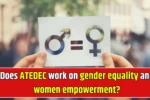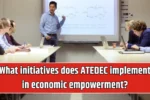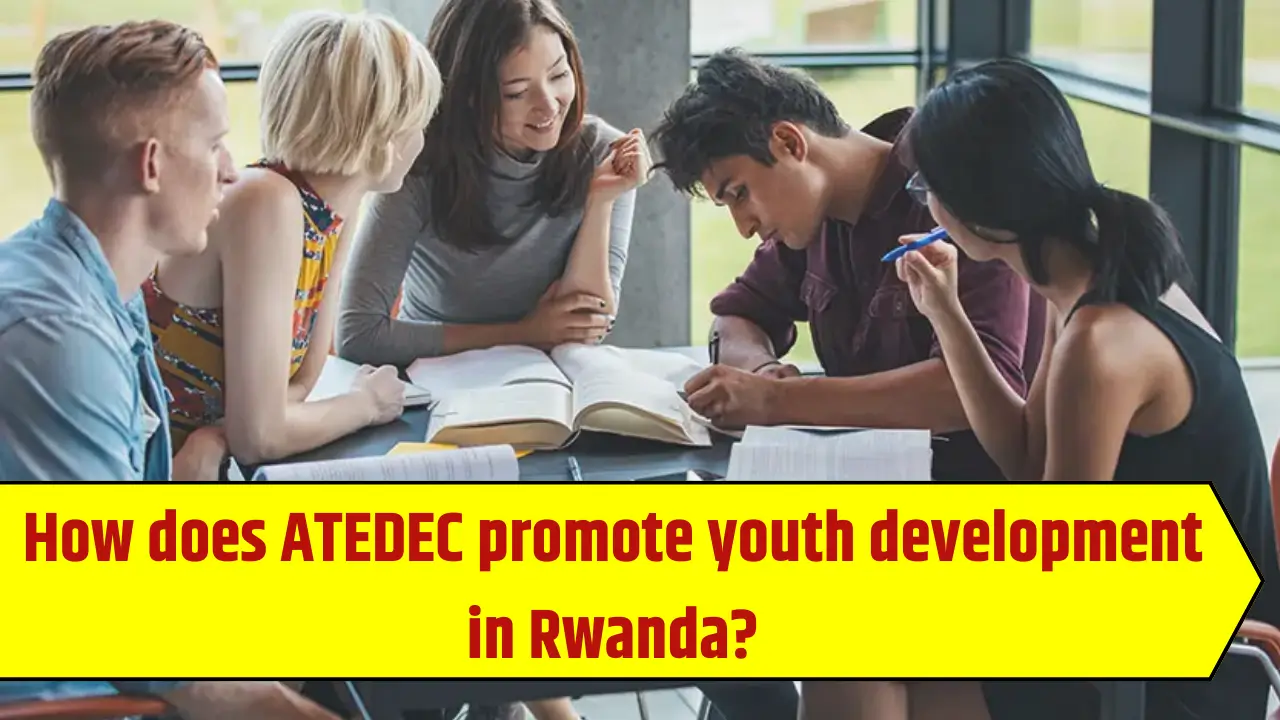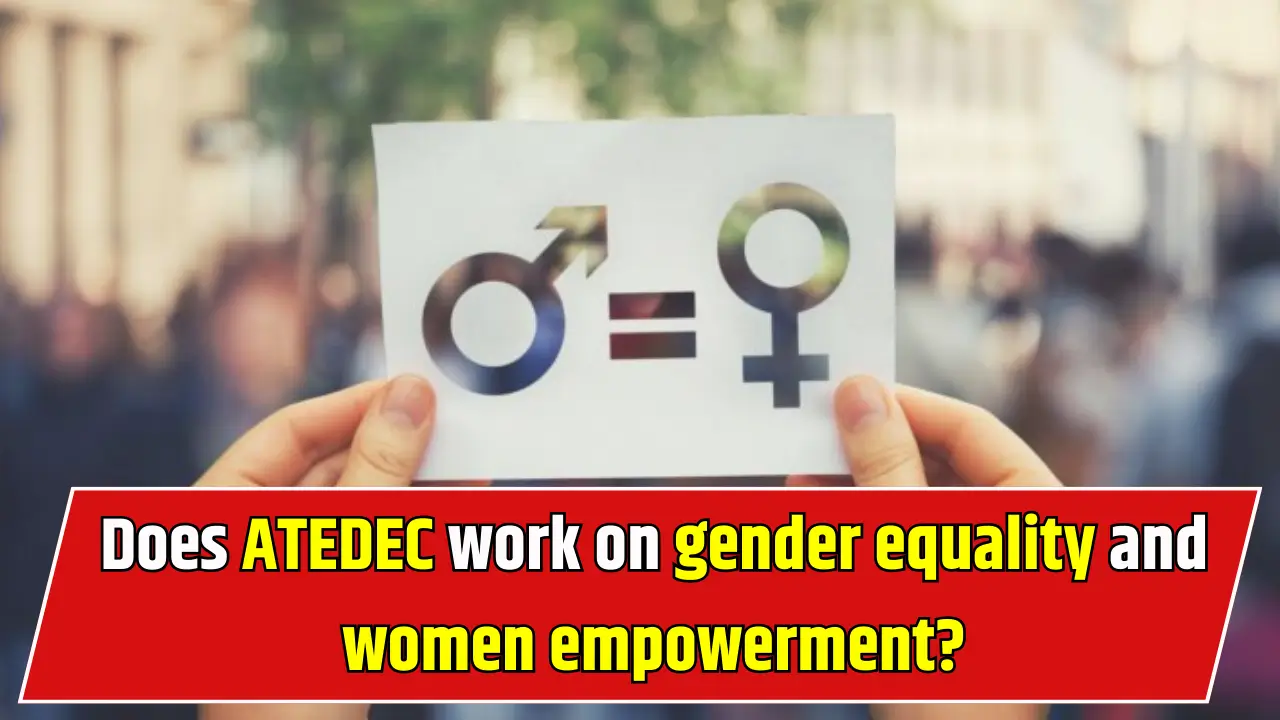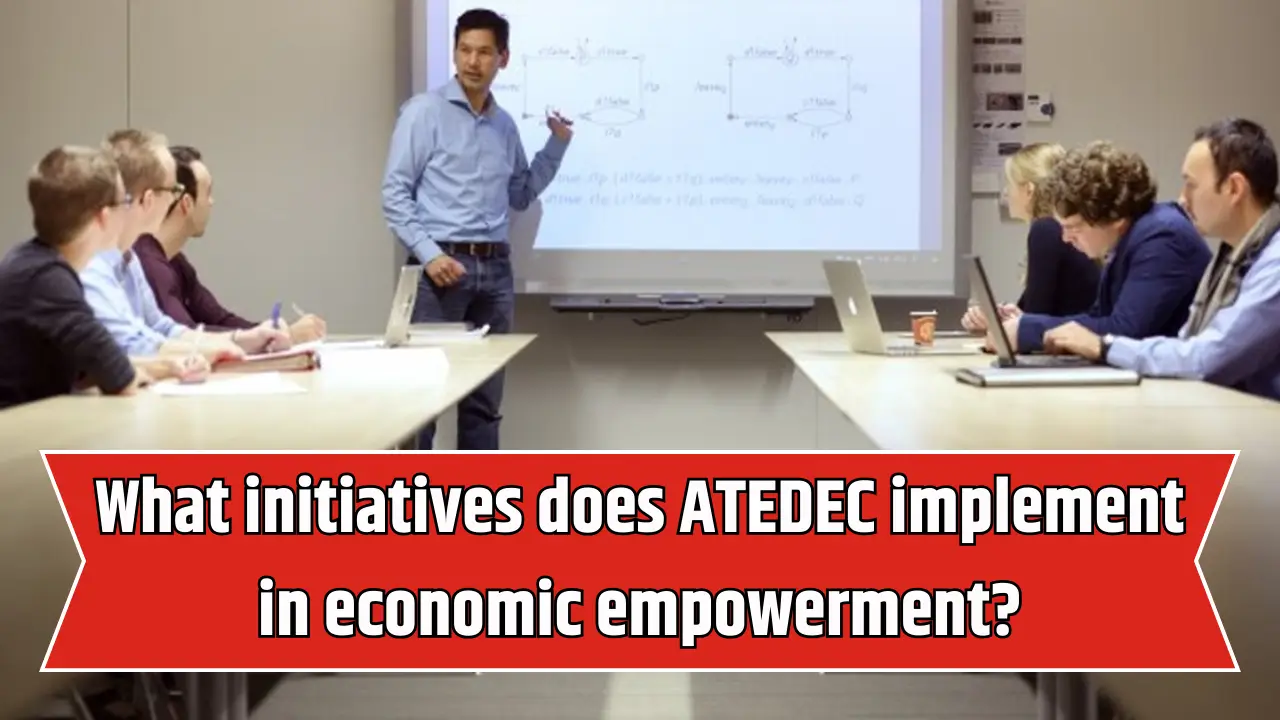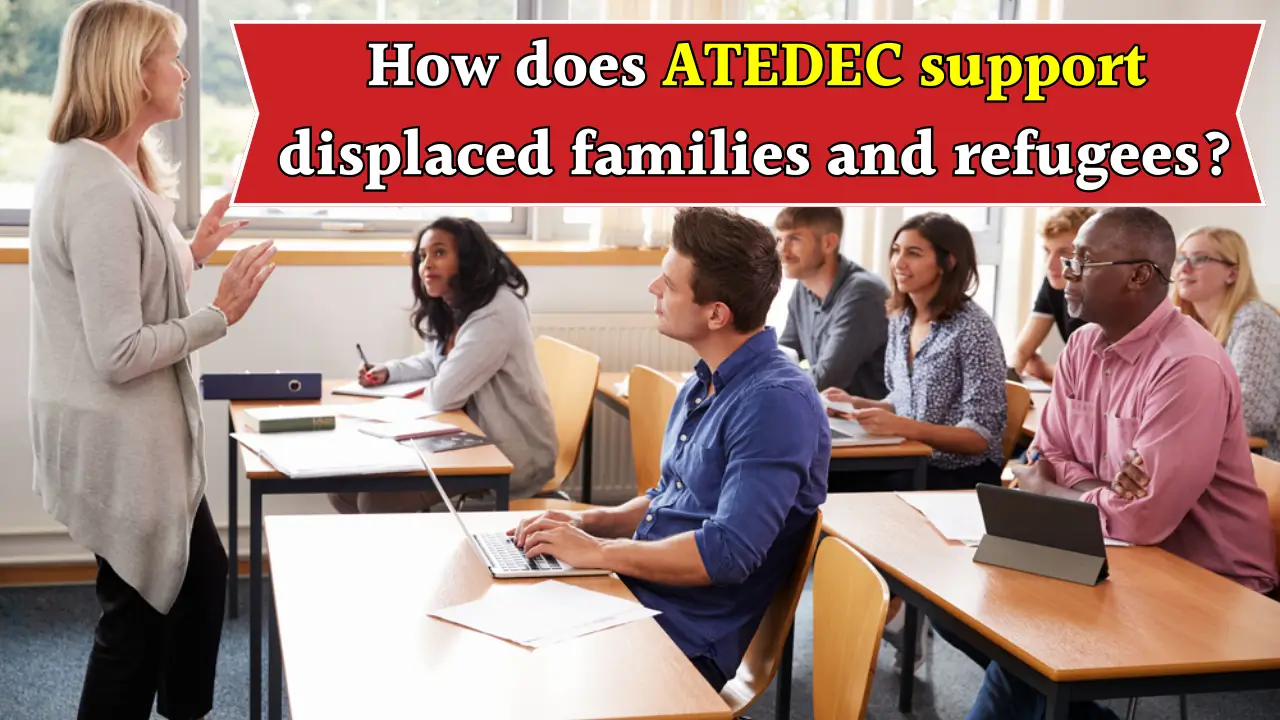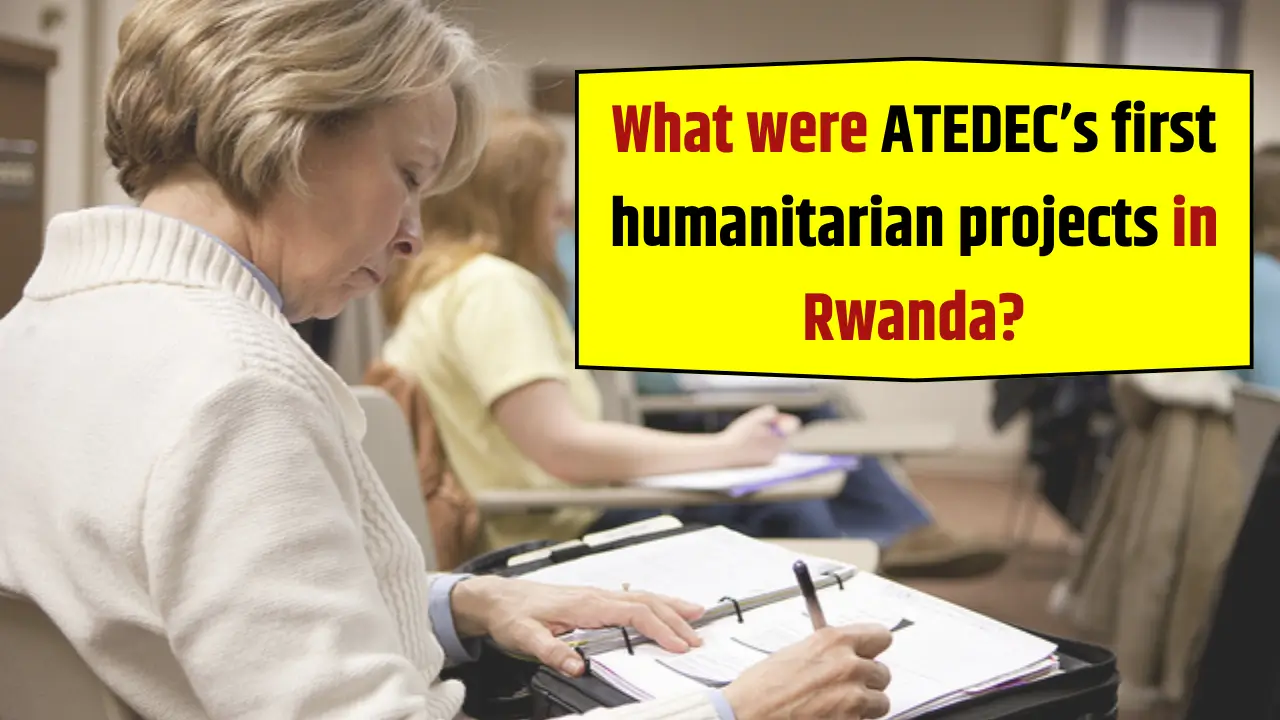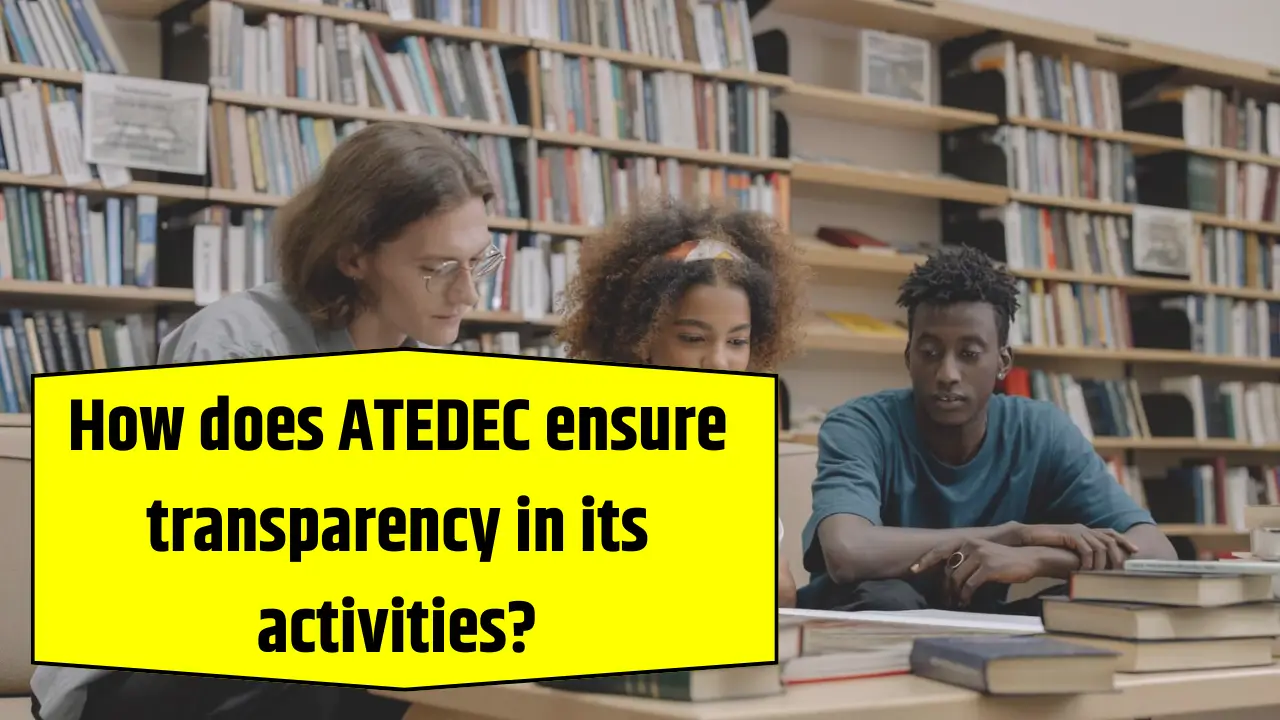ATEDEC (Association of Togetherness and Development for Emerging Communities) is a humanitarian NGO operating primarily in Rwanda, dedicated to fostering social justice, community development, and empowerment of marginalized groups.
Inclusivity is a core value of ATEDEC, which drives its mission to serve all individuals regardless of ethnicity, gender, age, disability, or socio-economic status.
This article explores ATEDEC’s strategies, programs, frameworks, and innovations that promote inclusivity, ensuring its humanitarian and development efforts reach the most vulnerable and diverse populations effectively.
The Significance of Inclusivity for ATEDEC
Inclusivity means offering equal access and opportunity to participate fully in society and benefit from programs for everyone, especially those historically excluded or marginalized.
For ATEDEC, promoting inclusivity is not only a goal but a guiding principle embedded in its vision for a peaceful and self-reliant society where social justice prevails.
Inclusive programs help to:
- Reduce inequalities and social exclusion
- Encourage social cohesion and mutual respect
- Foster empowerment of marginalized populations
- Enhance the impact and sustainability of development efforts
- Align with Rwanda’s national development vision and international commitments like the Sustainable Development Goals (SDGs)
ATEDEC’s Core Inclusivity Principles
ATEDEC’s inclusivity approach rests on several foundational principles:
- Non-Discrimination: Programs serve all groups irrespective of ethnicity, gender, age, disability, or socio-economic background.
- Equity: Resources and services are distributed based on need, with special attention to the most vulnerable.
- Participation: Communities, including marginalized groups, actively participate in project design, implementation, and evaluation.
- Accessibility: Programs consider physical, economic, and social barriers to ensure wide reach.
- Cultural Sensitivity: Respect for cultural diversity and local traditions while promoting universal human rights.
- Empowerment: Enabling beneficiaries to become agents of their own development.
- Collaboration: Working with local stakeholders, government, and partners to foster an inclusive development ecosystem.
Key Areas of Inclusivity in ATEDEC Programs
ATEDEC integrates inclusivity across its broad programmatic spectrum, addressing the needs of various vulnerable groups and dimensions of exclusion.
1. Gender Inclusivity and Women Empowerment
ATEDEC prioritizes gender equality by:
- Providing vocational training and entrepreneurship opportunities targeted at women, especially widows and female heads of households.
- Running microcredit and savings groups to improve financial independence.
- Advocating gender rights and combating gender-based violence.
- Supporting women’s participation in leadership and decision-making bodies.
2. Disability Inclusion
Recognizing the particular challenges faced by people with disabilities, ATEDEC ensures:
- Accessible infrastructure in schools, community centers, and healthcare facilities.
- Specialized education programs and assistive devices for children with disabilities.
- Integration of disability considerations in all project stages.
- Awareness campaigns to reduce stigma and promote social inclusion.
3. Youth Engagement and Inclusion
To address high youth unemployment and marginalization, ATEDEC:
- Offers skills development programs in trades like carpentry, tailoring, mechanics, and ICT.
- Facilitates sports, cultural events, and leadership training to promote social integration.
- Encourages youth participation in community dialogue and project decisions.
4. Support for Displaced and Marginalized Populations
ATEDEC’s resettlement and reintegration programs are designed to:
- Provide safe and dignified housing for displaced families.
- Facilitate access to land and livelihood support.
- Promote social cohesion through community dialogue and reconciliation efforts.
5. Education Access for All
ATEDEC works to remove barriers to education by:
- Sponsoring scholarships and providing school supplies to vulnerable children.
- Partnering with schools to improve quality and inclusiveness.
- Establishing learning centers catering to diverse needs including children with special educational needs.
6. Health Inclusivity
ATEDEC’s health programs focus on:
- Maternal, child health, and nutrition services accessible to all groups.
- HIV/AIDS awareness with attention to marginalized populations.
- Expanding outreach to rural and remote communities.
Inclusivity Governance and Decision-Making
ATEDEC’s organizational framework supports inclusivity through transparent governance and participatory decision-making:
| Governance Level | Role in Inclusivity | Mechanisms to Ensure Inclusion |
| Board of Directors | Strategic oversight and policy guidance | Inclusive governance policies, diversity on board |
| Executive Director | Leads inclusive program planning and resource allocation | Engages stakeholders from diverse groups |
| Program Managers | Implement inclusive projects | Community consultations, equity in resource distribution |
| Field Officers | Facilitate local engagement and feedback | Direct communication with marginalized groups |
| Volunteers | Support community outreach and inclusiveness efforts | Inclusion training and awareness campaigns |
Community involvement at all decision levels ensures diverse voices shape ATEDEC’s programming, strengthening relevance and acceptance.
Tools and Methods to Promote Inclusivity
- Community Needs Assessments: Participatory assessments identify barriers and tailor programs accordingly.
- Inclusive Planning Workshops: Training stakeholders on inclusive development practices.
- Monitoring and Evaluation: Disaggregated data collection by gender, age, disability to track reach and impact.
- Feedback Mechanisms: Anonymous suggestion boxes, hotlines, and mobile communication channels empower beneficiaries to voice concerns.
- Capacity Building: Training staff and community leaders on inclusion principles and practices.
- Partnerships: Collaborations with government agencies, disabled persons organizations, women’s groups, and youth networks.
- Adaptive Programming: Flexibility to address emerging needs and remove identified barriers.
Latest Inclusivity Initiatives by ATEDEC (2025)
Recently, ATEDEC has strengthened its inclusivity focus through several new initiatives:
- Inclusivity Charter: Adoption of a formal policy codifying commitments across programs with defined goals and accountability frameworks.
- Assistive Technology Development: Piloting locally designed assistive devices for persons with disabilities to improve mobility and communication.
- Specialized Educational Resource Centers: Establishment of centers for children with hearing and learning impairments, equipped with trained staff and adapted curriculum.
- Women’s Cooperative Expansion: Scaling microfinance programs and entrepreneurship training for women’s cooperatives in rural areas.
- Youth Leadership Forums: Platforms for youth from diverse backgrounds to contribute ideas and lead community projects.
- Inclusion Training for Staff and Volunteers: Annual workshops to build awareness and skills in inclusive practice.
- Digital Inclusion Strategies: Deployment of mobile phone-based platforms for remote community outreach and feedback, addressing connectivity barriers.
Challenges to Achieving Inclusivity
Despite concerted efforts, ATEDEC faces typical NGO challenges in fully realizing inclusivity:
- Resource Constraints: Funding limits capacity to expand tailored services and technologies.
- Geographical Barriers: Difficult terrain and remote settlements complicate access.
- Cultural Norms: Deep-rooted discriminatory practices may resist change.
- Data Gaps: Difficulty in collecting comprehensive, disaggregated data hinders precise targeting.
- Scaling Up: Adapting successful pilots into wider programs demands more capacity and coordination.
ATEDEC continually invests in partnerships, innovation, and community empowerment to overcome these barriers.
Strategic Focus Areas for Future Inclusivity
- Broadening assistive technology programs for persons with disabilities.
- Enhancing gender-transformative projects that engage men as allies.
- Strengthening inclusive education through teacher training and curriculum adaptation.
- Promoting social inclusion of refugees and displaced persons.
- Expanding digital tools for engagement and monitoring.
- Building local capacity for community-led inclusive development.
Summary Table: ATEDEC’s Inclusivity Promotion Strategies
| Area | Key Actions and Initiatives | Impact on Inclusivity |
| Gender Inclusivity | Women vocational training, microcredit, advocacy | Gender equality, women’s economic empowerment |
| Disability Inclusion | Accessible infrastructure, assistive tech, awareness | Reduced stigma, improved access for disabled persons |
| Youth Inclusion | Vocational skills, leadership forums, sports | Youth empowerment and social integration |
| Displaced Populations | Housing, land access, reintegration support | Social cohesion and dignity for displaced families |
| Education Access | Scholarships, resource centers, inclusive curricula | Equal education opportunities |
| Health Access | Maternal/child health, rural outreach, awareness | Improved health outcomes for vulnerable groups |
| Governance and Participation | Diverse leadership, community engagement | Inclusive decision-making and accountability |
| Tools and Technology | Digital feedback, data disaggregation, workshops | Enhanced outreach and adaptive programming |
Conclusion
ATEDEC’s commitment to promoting inclusivity is reflected across its diverse programs, organizational policies, and community engagement strategies.
By actively addressing barriers related to gender, disability, youth, and displaced populations, ATEDEC fosters equitable access to services, participation, and empowerment of marginalized groups in Rwanda’s development journey.
Its innovative use of technology, partnerships, and adaptive management ensures responsiveness to evolving needs.
Moving forward, strengthening resource mobilization and capacity building will be key to sustaining and scaling these inclusive efforts, contributing to a just and cohesive society aligned with Rwanda’s long-term development aspirations.


